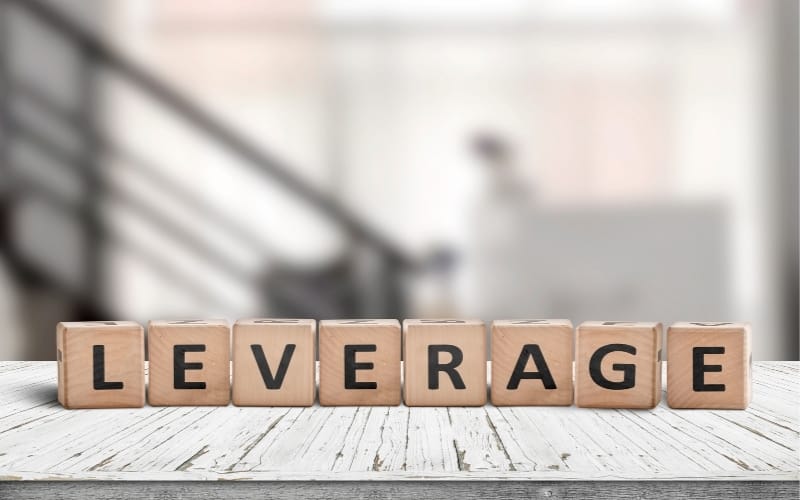What is leverage
You have probably utilized the leverage concept in your daily life. You want to buy a car that costs $30,000. However, you cannot raise the entire amount at once. When you approach a bank for a car loan, it will offer to loan a certain amount of money. Subsequently, you will need to avail of the rest. For instance, the bank can loan you 80% of the vehicle’s value.
A similar concept is used in forex trading. Assuming that you have $2,000 in your standard trading account, the size of your transactions will be limited. Besides, the returns from a no-leverage trade are usually lower than if your amount had been leveraged.
To amplify your profits, you decide to take leverage of 100:1. Subsequently, you will be able to control trades of up to $200,000. If the financial instrument moves by 10%, you will gain $20,000. Without the leverage, you would have made a profit of $200. However, it is important to note that based on the same figures, that is your potential loss.
Based on this description, we can define leverage as the ratio of a trader’s capital to the broker’s credit. Depending on the presented ratio, leverage will exceed your funds by a specified fraction.
The connection between leverage and margin
In forex trading, one cannot talk about leverage without mentioning the terms ‘margin’ and ‘margin requirement.’ Margin is the number of funds that a trader deposits into his/her trading account before moving on to open a position. Depending on the broker, you will need to meet a specified margin requirement.
For instance, if your buy position for the GBP/USD is worth $200,000, the broker may need you to have at least $2,000 in your trading account. The latter amount is the margin. To compute the margin requirement, divide the margin/trade size and change it into a percentage. In this case, it will be $2000/$200,000, which is 1%.
While we were defining leverage earlier on in this article, we gave an example in the form of a ratio (100:1). In relation to the margin, the leverage ratio indicates the extent to which the broker has amplified your trade size. Going by our example, the leverage ratio would be $200,000/$2,000, which is 100:1. This means that for the $2,000 in your account, you will be able to open a trade worth $200,000.
Pros and cons of leverage in trading
You have probably heard the phrase ‘leverage is a double-edged sword.’ What this means is that the leverage can amplify your profits as well as your losses. On the one hand, a large leverage ratio will give you substantial capital to work with. Furthermore, if the trade moves as you had predicted, it will result in higher returns. However, the opposite is also true. As a trader, it is important to evaluate your risk/reward ratio as opposed to trading based on the excitement of increased capital. Notably, experienced traders tend to use a lesser leverage ratio. It is one of their strategies of lessening the involved risk.



